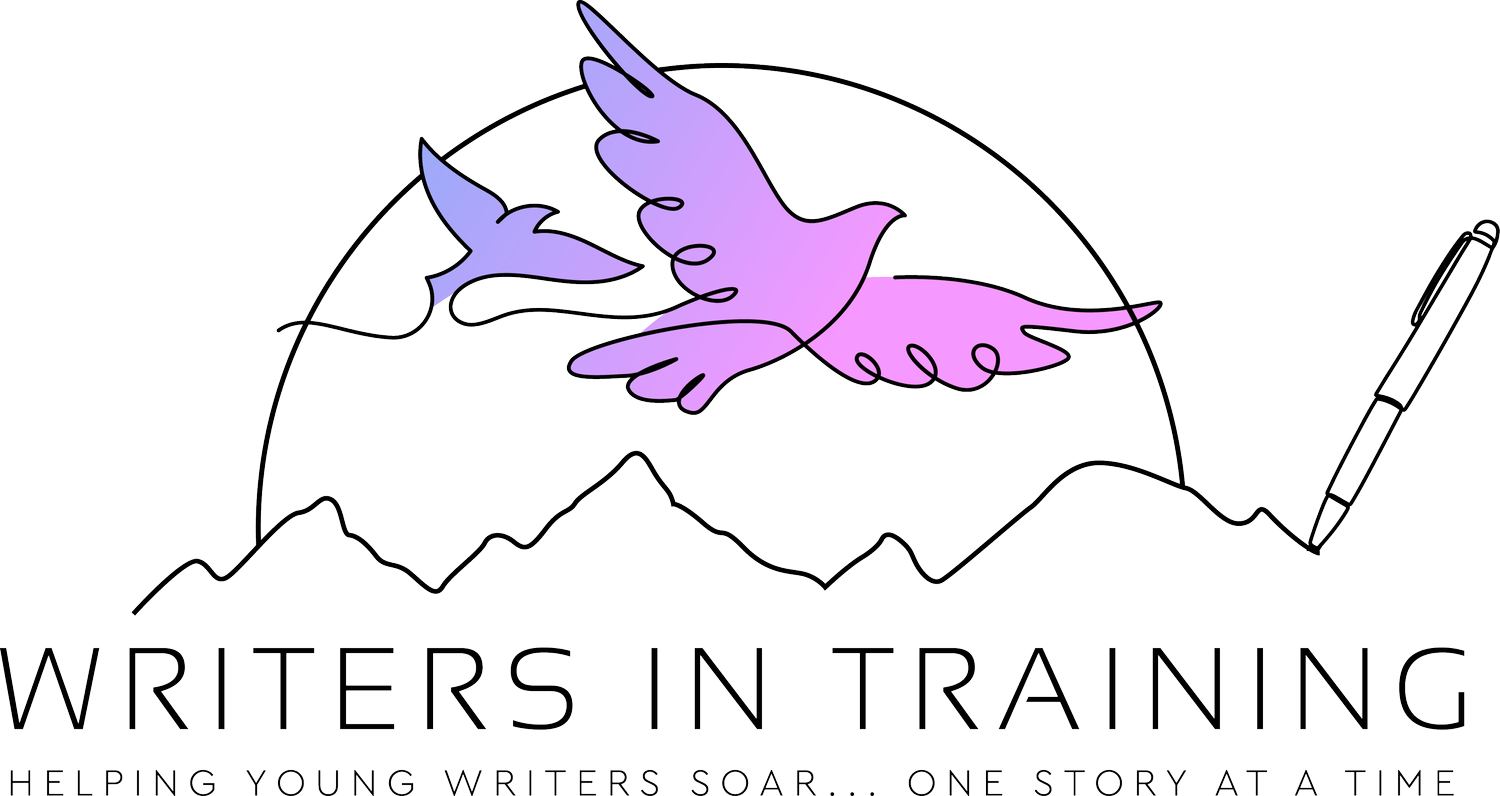Building Blocks
“Words create sentences; sentences create paragraphs; sometimes paragraphs quicken and begin to breathe”
Just like atoms were considered the smallest building blocks of matter, words are the building blocks of every sentence. While atoms combine to create the genetic code that defines the features and functions of every living creature, sentences give shape, personality, and life to our thoughts.
Sharing our ideas in sentences is, in a way, very much like passing on who we are, how we think, and how we behave. It is like passing on a legacy, just as parents pass on physical and personality traits to their offspring through their genes. Our sentences show who we are and pass on our thoughts, beliefs, and ideas to readers. Readers may take our words to heart, allowing them to affect their thoughts, beliefs, and actions. There is power in the written word.
To pass on our thoughts and ideas to others, we need to understand how to put our words into effective, meaningful order. The sequence of our words matters. If the genes in a genome sequence are arranged incorrectly, or if a gene is missing or an extra gene is inserted, the result will be malformation or no formation. It is the same with our sentences. The message will be misunderstood or fall flat if the words are not thoughtfully organized.
While the sequence of our genes makes each of us unique, we don’t spend our days noticing each other’s genes. What we do notice is the overall effect the genome sequence has on who each of us is physically and psychologically. We see each other as a complete being.
The same is true of the written word. When we read, we don’t notice the individual words so much as the story those words tell first in sentences, then paragraphs, and then in the overarching ideas the paragraphs convey. As Stephen King said, paragraphs can “breathe” or take on a life of their own. A well-formed paragraph can take on the life of its creator and pass on a legacy to whoever reads it in much the same way that we inherit traits via genetic code.
As you mentor a young writer, ask them to consider the ideas they want to convey. Encourage them to consider their written efforts as a legacy they can pass on to others. The gravity of the power of the written word cannot be overstated. We must teach our young writers every word, and the order of those words, have the power to impact their readers.
This is not to say that every piece needs to be perfect. There is lots of time to practice, to play with words and word order, and to make mistakes as we hone our skills. But every skill we practice brings us one step closer to articulating our ideas clearly and powerfully…one step closer to influencing others with our words.
In her brilliant novel Where the Crawdads Sing, Delia Owens crafts a scene in which the main character, illiterate Kya, reads an entire sentence out loud for the first time to Tate, who has been teaching her to read and write.
Slowly, she unravelled each sentence: “There are some who can live without wild things and some who cannot.”
“Oh,’” she said. “Oh.”
“You can read, Kya. There will never be a time again when you can’t read.”
“It ain’t just that.” She spoke almost in a whisper.
“I wadn’t aware that words could hold so much. I didn’t know a sentence could be so full.”
He smiled. “That’s a very good sentence. Not all words hold that much.”
Starting with clearly defined underlying beliefs sets the stage for writers to develop a healthy respect for the potential impact of their words. When we believe our words matter and have the power to influence what others think, we handle those words with more care. We learn to craft sentences that “hold much.”
It is never too early to encourage a blossoming writer to learn the skills needed to write meaningful sentences and leave a legacy for those who read them.

